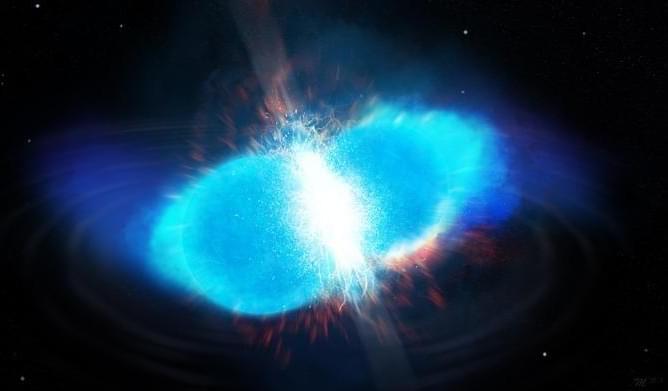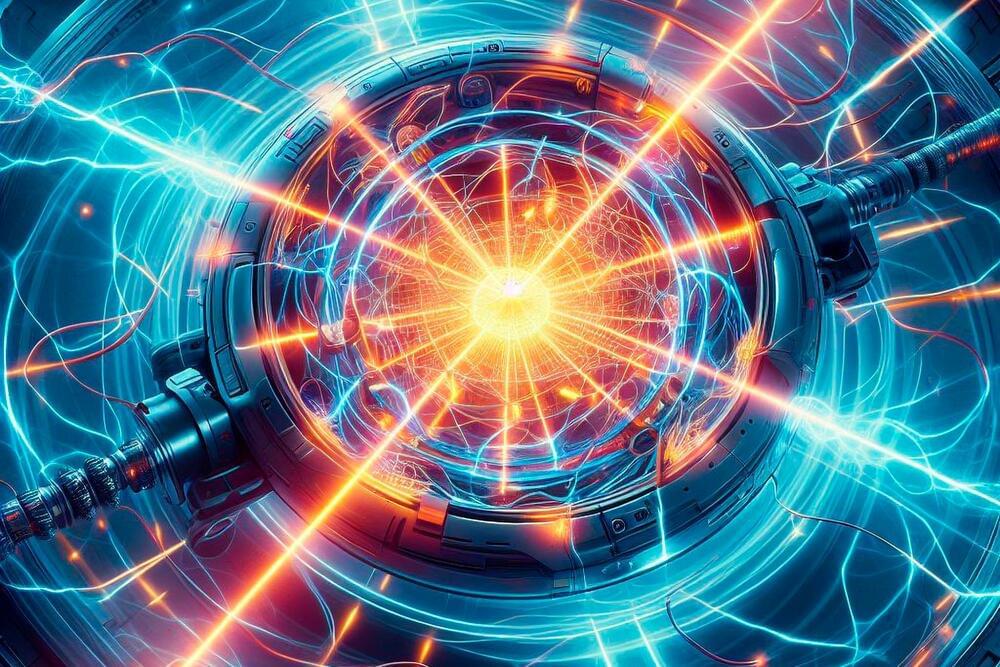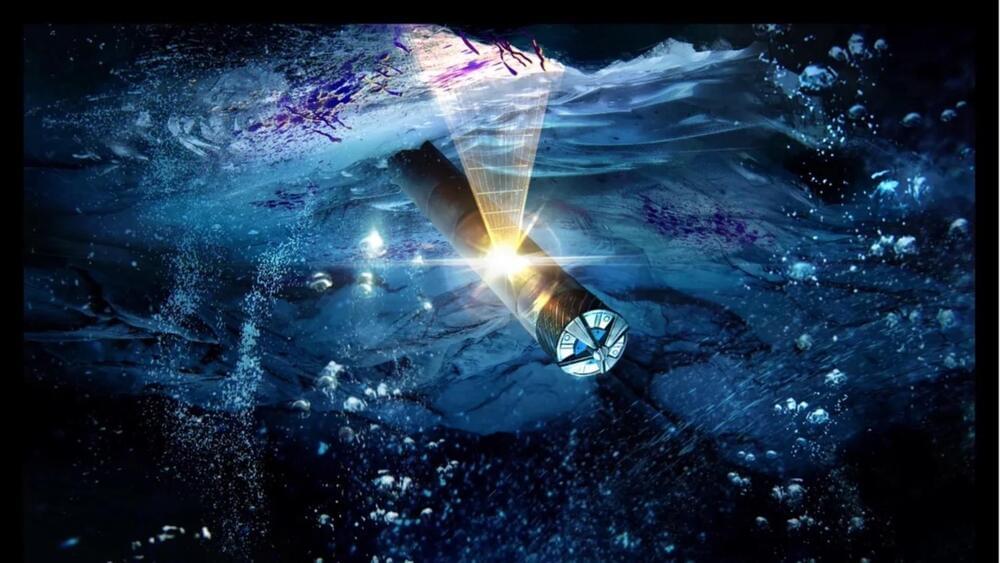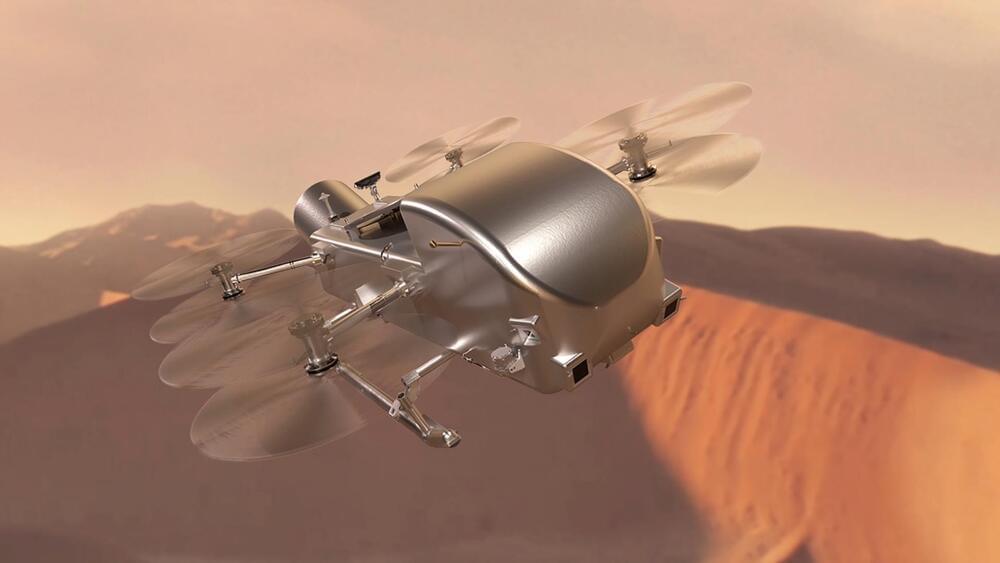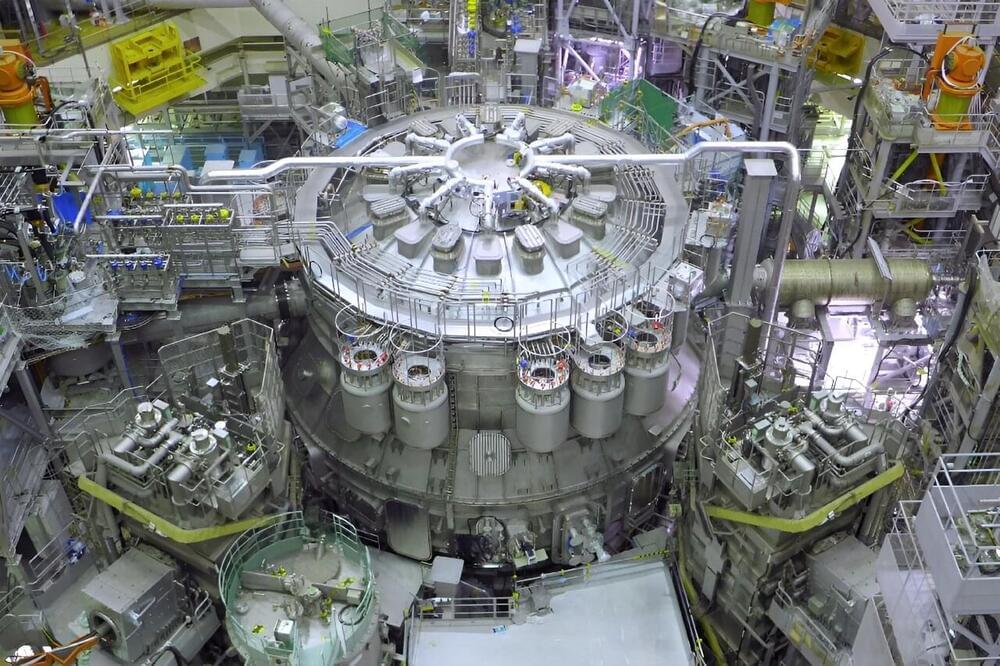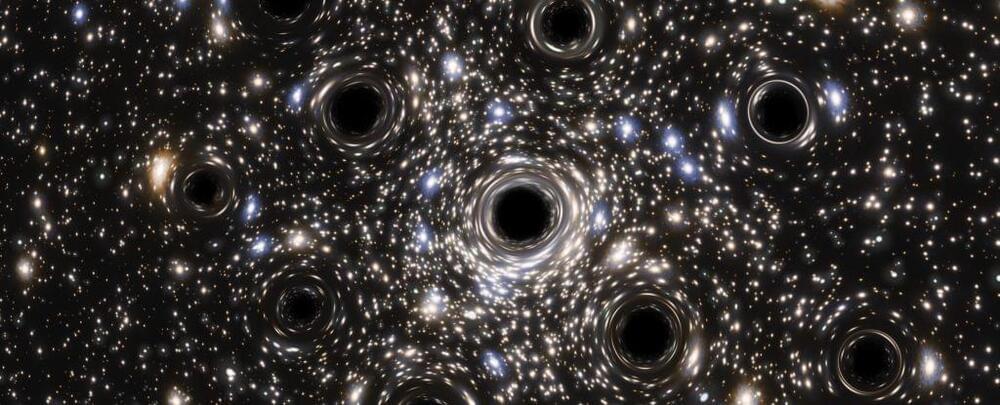Dec 12, 2023
Helicity Space ignites deep space nuclear fusion engine with new funds
Posted by Gemechu Taye in categories: chemistry, nuclear energy, space travel
Fusion-powered engines might drastically reduce travel time to the Moon and Mars.
California-based startup Helicity Space has successfully raised $5 million in a recent seed funding round.
Prominent space companies Airbus Ventures, TRE Ventures, Voyager Space Holdings, E2MC Space, Urania Ventures, and Gaingels have all invested in Helicity, according to a press release.
Continue reading “Helicity Space ignites deep space nuclear fusion engine with new funds” »

